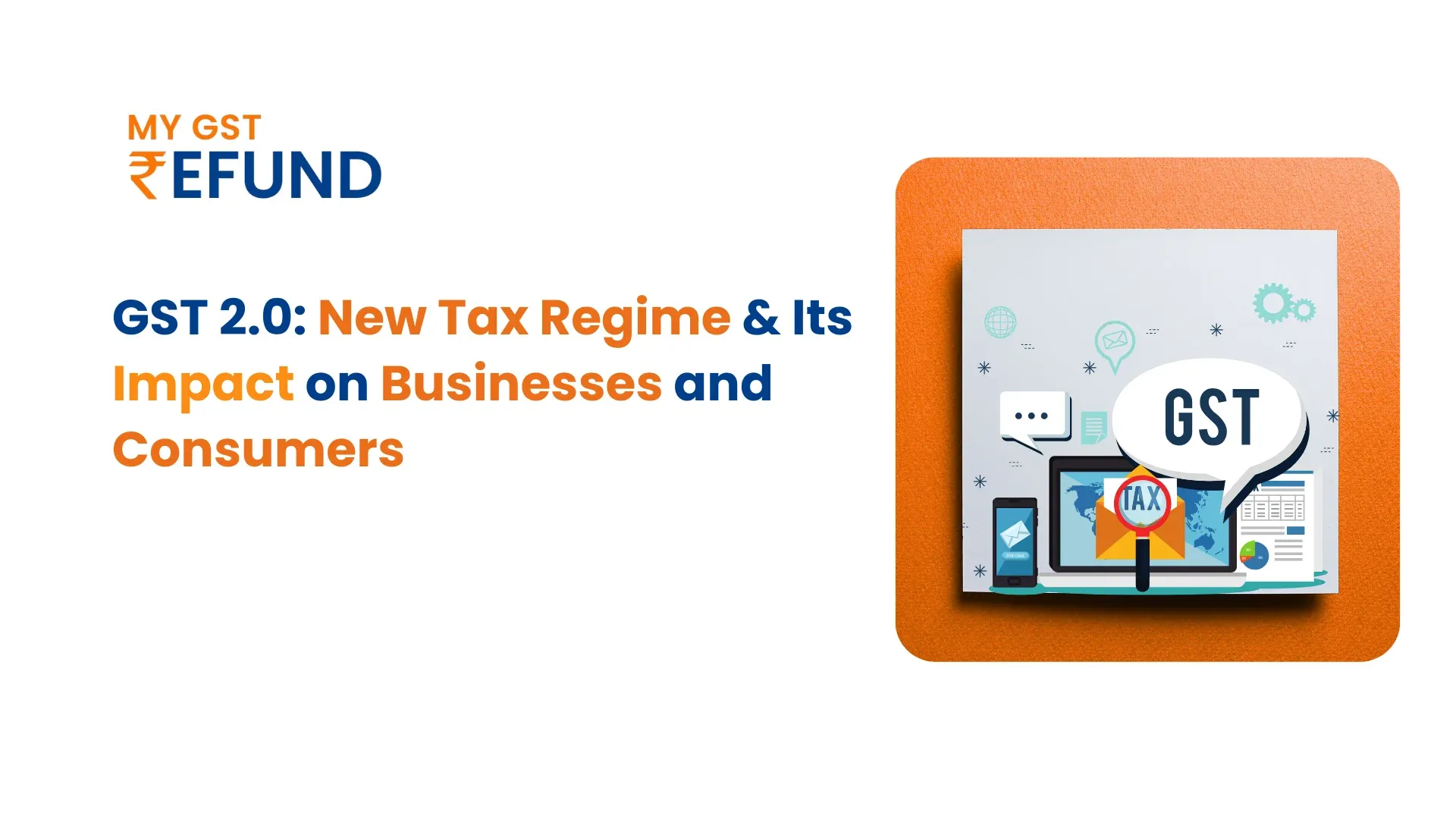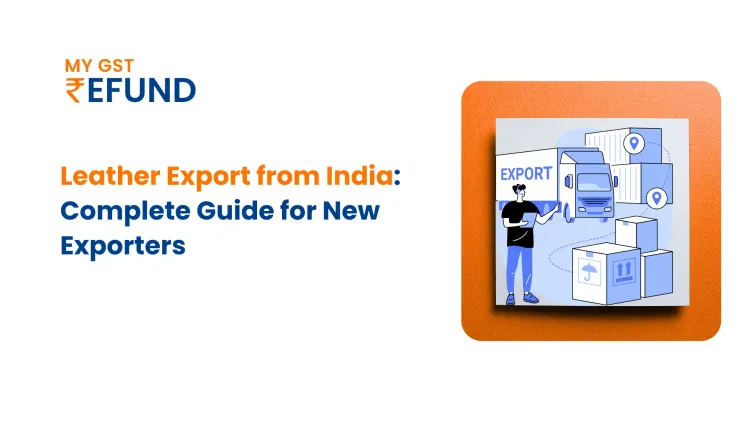GST 2.0: New Tax Regime and Its Impact on Businesses and Consumers
GST, or Goods and Services Tax, is an indirect tax imposed on the supply of the goods and services. It is a multi-staged, destination-oriented tax imposed on every value addition, replacing the previously followed multiple indirect taxes, including VAT, excise duty, and service taxes.
In the entire country, all sorts of goods and services are included under one single umbrella of domestic indirect taxation law, as of July 1st, 2017.
The implementation of GST in India replaces formerly prevalent taxes like
● Service Tax
● Excise Duties
● Custom Duties
● Value Added Tax (VAT)
● Central sales tax
● Entertainment Tax, etc.
The Finance Ministry of the Government of India, headed by the Finance Minister Mrs. Nirmala Sitharaman, has announced a major change in the Goods and Services Tax, effective from the Financial Year 2025. This new system is now being called the GST 2.0. New system being implemented from September 22nd, 2025.
It is a simple, two-slab structure and makes several changes to the way goods are taxed. Under this new system, a special high tax slab of 40% has also been introduced, for luxury and sin goods.
The Government of India, headed by Prime Minister Narendra Modi and the Ministry of Finance headed by Mrs. Nirmala Sitharaman, is calling it a HISTORICAL DIWALI GIFT for the nation. “Next-Gen GST reforms for the ease of living and to build Atmanirbhar Bharat” is their tagline.
The new reformed model of GST will bring joy to farmers, enterprises, households, and businesses, is what the Government of India ensures.
Key changes in GST 2.0 - GST 2.0 Reforms
1. Rate Rationalisation
● Reduction of GST Tax Slabs -Fewer slabs of GST, mainly two GST slabs, standard and merit (5% and 18%), with special rates only for a few items (a new 40% for luxury).
● Lower Taxes on essential and aspirational goods - Improving affordability, boosting consumption, and expanding access.
2. Resolves Classification Issues
Simplifies rate structures and minimises disputes, simplifies compliance, ensuring equity across all sectors.
3. Structural Changes and Ease of Living
● Stability and Predictability: GST 2.0 offers long-term clarity on rates and policies to build industries are confident and aid business planning.
● Registration, Return, and Refund Seamless, tech-based, time-bound, especially for MSMEs and startups.
GST EXEMPTION FOR HEALTH AND LIFE INSURANCE UNDER GST 2.0
Under the GST 2.0, a remarkable milestone was achieved: the tax exemption of individual health and life insurance premiums. The Goods and Services
Tax (GST) on health and life insurance products, which stood at 18% GST, has now been cut to 0%, in the major revamp of GST rate structure, as announced by Finance Minister Mrs. Nirmala Sitharaman.
In the previously prevalent GST structure, if a policyholder had to pay Rs. 100 as a policy premium, He/she actually had to pay Rs. 118 (Rs. 18 as GST). In the GST 2.0 Reform, there is total exemption of GST from all health and life insurance premiums, which will pave the way to a huge improvement in people’s overall well-being.
Going ahead, all individual ULIP plans, family floater plans, and term plans will be exempted from GST.
Lower premiums relieve middle-class families, while a surge in demand for insurance products is now expected.
GST 2.0: 40% SLAB FOR LUXURY AND SIN GOODS
● Under the new system, a new 40% tax slab has been created for luxury and sin goods. All types of aerated water, carbonated beverages, caffeinated drinks, and non-alcoholic beverages will be taxed at 40%.
● Motorcycles with an engine capacity above 350cc will also come under this slab. Helicopters and yachts are all under this 40% GST slab.
● Luxury and premium cars with more than 1200cc petrol engines, 1500cc diesel engines will attract a 40% GST slab.
● Tobacco and all related products are expected to fall under this category, not right now, but once all loans and transactions are cleared.
The purpose is to discourage the sin goods as well as boost government revenue.
Revenue Impact and Policy Considerations in GST 2.0
While the immediate effects of rate rationalisation could be short-term revenue loss, experts predict that the long-term impact will be revenue positive due to the expected boost in consumption and a wider tax base.
While the projected revenue loss stands estimated to be around 45000 crore to 93000 crore Indian rupees in the first year, primarily due to rate reduction of broad ranges of goods which were previously charged at 12% or 28% GST slabs, the 40% slab of demerit goods (luxury and sin goods) are expected to partially offset the revenue shortfall from rate cuts.
An increase in the purchasing power of citizens is expected with the new rate rationalisation, eventually leading to a significant boost in consumption.
Policy Consideration and Recommendations
The successful implementation of GST 2.0 hinges on several policy reforms that aim to improve the ease of doing business and ensure the benefits for the end users. Simplifying compliances, addressing inverted duty structures, ensuring price reductions, and inclusion of excluded items, Dispute resolution is projected.
Key Challenges in GST 2.0: Will Consumers Truly Benefit?
GST 2.0, while promising significant benefits, faces several key challenges. The potential hurdles are barriers to the aim of the government for simplification of tax structures, boosting consumption, and streamlined compliance.
Passing on the benefits is the most significant challenge. Ensuring that businesses pass on tax cut rates to consumers is potentially difficult. With the absence of anti-profiteering watchdogs, the extent of benefits passed on to consumers will eventually depend on the critical market dynamics.
Small and medium-sized enterprises (MSMEs) in rural and semi-urban areas may still face difficulty in navigating the requirements of the tech-based GST portals.
Despite the new regime’s focus on fixing the inverted duty structure (tax on inputs is higher than tax on final products), issues may still arise.
The implementation of rate rationalisation, simplification of tax slabs, and rate cuts could lead to short-term revenue shortfall for states. While the central government projects and expects increased consumption to offset these losses in the long term, some opposition-ruled states have shown concern and have demanded a clear compensation mechanism.
Consumers will truly benefit from the GST 2.0 Reform is a matter of observation. While important essentials like health and term life insurances are now exempted from tax, the highest 40% tax on sin, demerit, and luxury goods is pretty significant, pinching a hole in the pockets of similar product seekers.
A deliberate policy of 40% tax on the sin goods like aerated drinks, tobacco, and related products rather discourages their consumption while also generating higher revenue to offset the tax cut on other goods.
Transitioning to GST 2.0: Are Businesses Ready?
Businesses must navigate a complex combination of financial, technological, and operational challenges to ensure the smooth transition.
Businesses must compose Enterprise Resource Planning (ERP) and software to accommodate new tax slabs (5%, 18%, 40%). This requires significant investment and staff training which can be burdensome, particularly for MSMEs with limited resources.
Pricing and supply chain adjustments are going to be critical with a large number of goods shifting from higher to lower tax slabs. The overall change in the pricing strategies, along with the update in the Maximum Retail Price (MRP) on the existing stock, will pose significant challenges, especially for industries with high inventory challenges.
Input Tax Credit (ITC) due to inversion of inverted duty structure may create problems with working capital and liquidity issues.
Recent GST Rate Revisions and Process Reforms (Sector-Wise Summary)
Daily Essentials
Healthcare Sector
Education
Agriculture & Farmers
Automobiles
Electronic Appliances
Process Reforms
Leveraging MYGST Refund Platform for Seamless GST Compliance
The transition to GST 2.0 may create short-term challenges for businesses, MSMEs, and startups. This is where technology can bridge the gap. MYGST Refund is designed to native GST reforms with ease.
Automated filling of GST Refunds, and simple compliance reduces errors and saves times, and keeps businesses updated and ready with GST 2.0 Reforms without added complexity. By leveraging organisations like MYGST Refund, businesses can now focus on growth while leaving the tax compliance to a smarter system.
Conclusion
GST 2.0 simplifies taxes, balances revenues, and impacts consumers, digital tools, and businesses to ensure smoother, more trustworthy compliance while businesses focus on growth and keeping the consumers happy.
Frequently Asked Questions (FAQs)
1. What are the few changes in GST from FY 2025?
Fewer tax slabs, reduced rates, exemption of health and life insurance, and a new 40% slab for luxury and sin goods.
2. What are the major upcoming GST changes in India?
More focus on consumer-friendly dynamics, revenue stability, simplified and reduced slabs.
3. When will GST 2.0 Reforms be implemented?
Expected in September of FY 2025.
4. How many GST slabs will remain after reform?
Two to three simplified slabs.
5. Which products will become cheaper under GST 2.0
Essential goods and services, including health and education, life and health insurance to be tax-exempt, while luxury goods may become costlier
Related Posts







